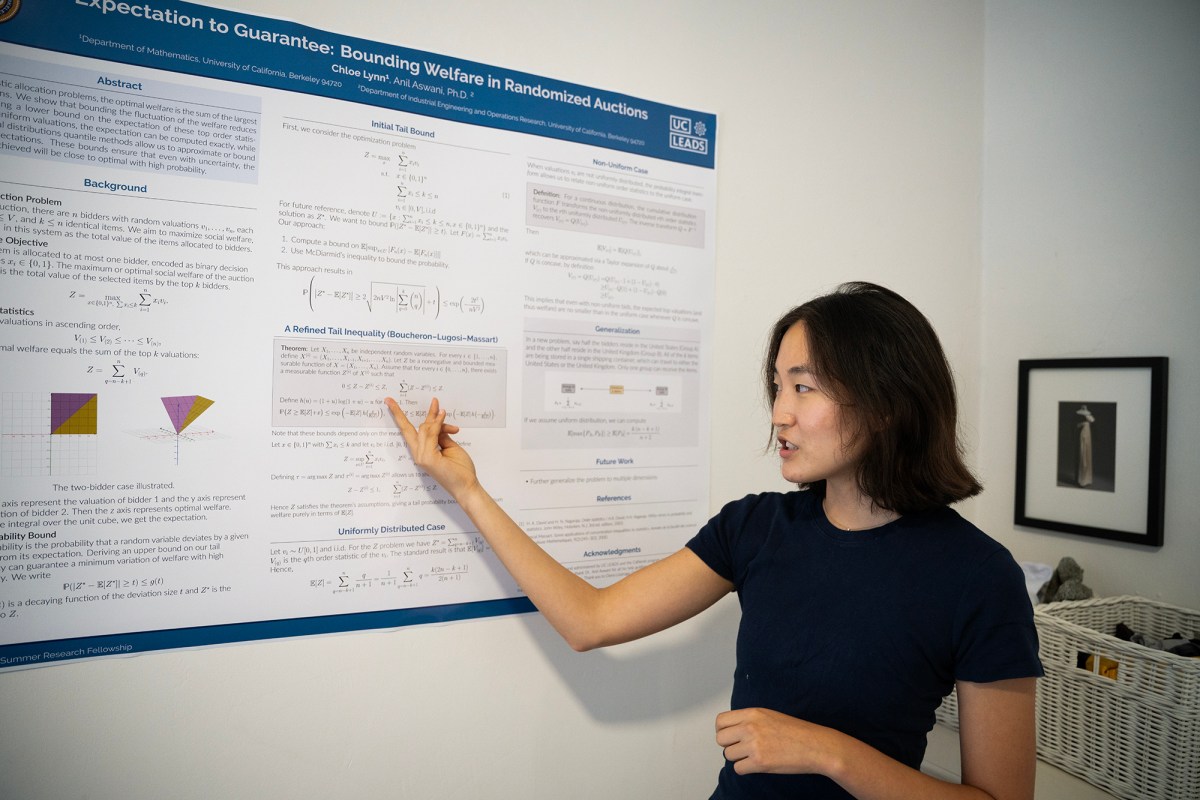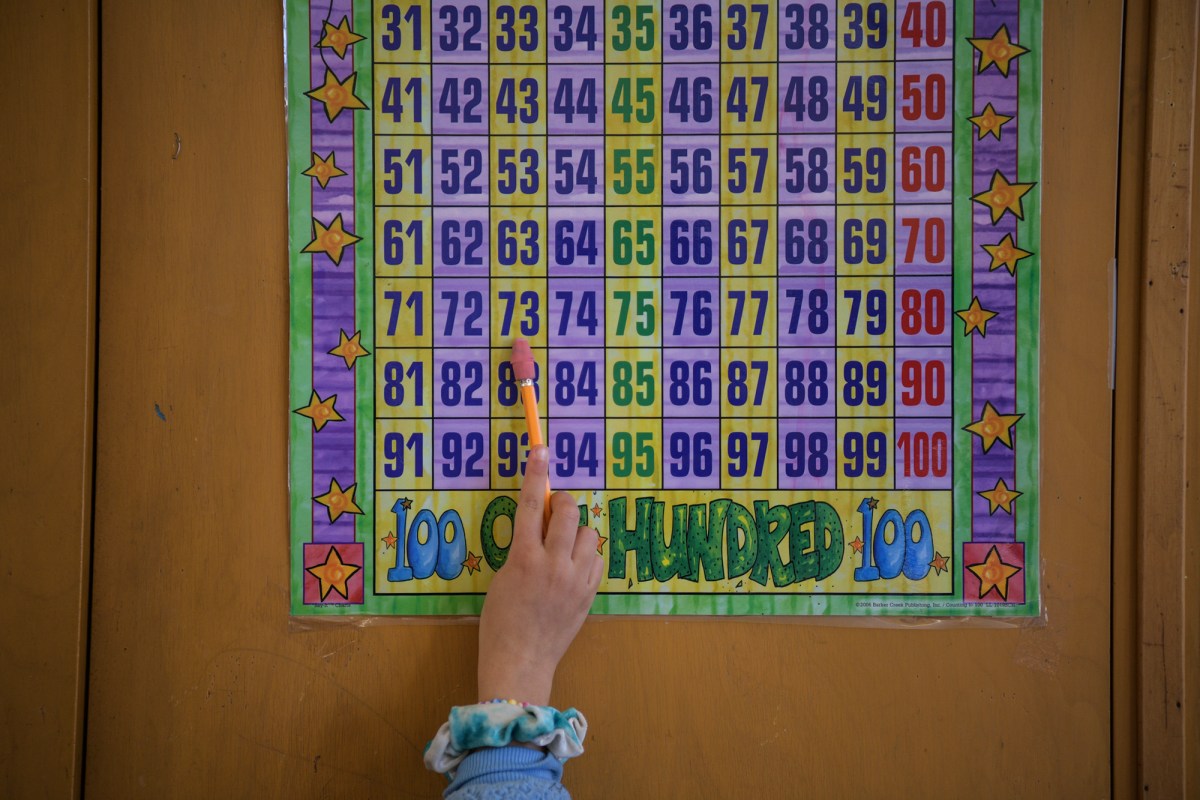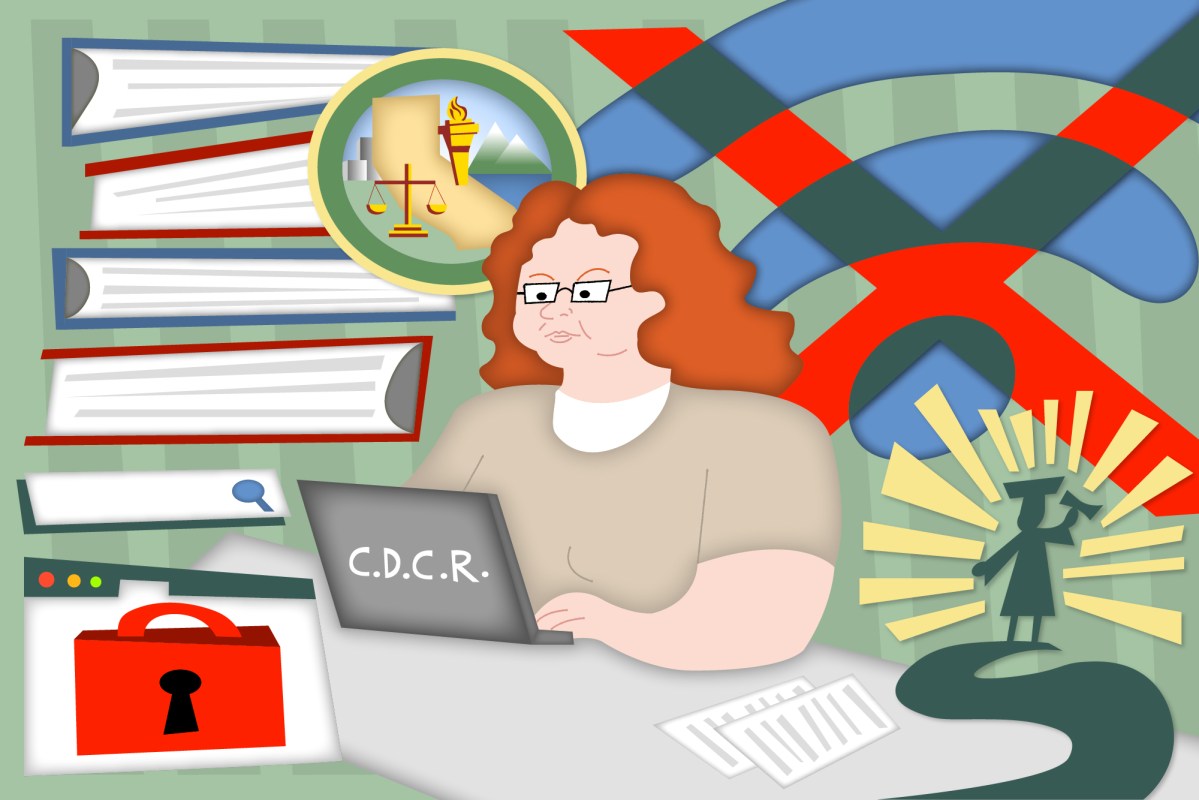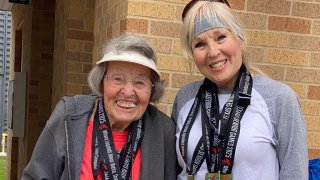In conclusion
In several programs related to science, technology, engineering, and math, women still fall behind men.
Greetings from CalMatters, the only nonprofit news organization dedicated exclusively to reporting on topics that impact all Californians. To get the most recent information and analysis on the most significant topics in the Golden State, sign up for WhatMatters.
It felt like everyone was discussing women in science ten years ago.
Women were slower to return to the workforce as the economy recovered in the years following the Great Recession, which was concerning, particularly in critical industries like computing. Women in STEM fields—science, technology, engineering, and math—became a focus for state and federal leaders.
They invested millions of dollars in encouraging more women to pursue STEM degrees during the ensuing years. However, an examination of college statistics conducted by the Public Policy Institute of California on behalf of CalMatters shows that the percentage of women who earn those degrees has barely changed.
READ NEXT
California boosts spending to help students earn math and science degrees
According to Hans Johnson, a senior fellow at the institute who analyzed California’s four-year institutions using data from the 2009–10 academic year and compared it with the most recent figures, from 2022–2023, the bad news is that the statistics haven’t moved much at all. In engineering and computer science, the proportion of women with a bachelor’s degree rose from around 19% to roughly 25% and from approximately 16% to roughly 23%, respectively. Over the past five years, the proportion of women who get degrees in math and statistics has decreased.
Although it’s not insignificant, Johnson stated that it would take a very long time to achieve parity at this rate.
According to a survey by Mount Saint Mary’s University, women make up roughly 42% of California’s workforce, but just 25% of those employed in STEM fields. Girls are also underrepresented in some high school courses, such as AP computer science. According to the report, fewer women were employed in math-related fields in 2023 than in the five or ten years prior.
According to UC Merced applied mathematics professor Mayya Tokman, it’s a cultural phenomenon rather than a biological one. According to her, stereotypes about women, the caliber of their education, and a dearth of role models in a particular sector are the main causes of underrepresentation.
These positions are frequently well-paying and secure, and science and technology fosters economic growth and innovation while advancing national security. According to Sue Rosser, a longstanding supporter of women in science and provost emerita at San Francisco State, gender balance is essential, particularly as the country’s research and technology sectors struggle to find skilled workers. More personnel in STEM fields are needed. More people entails women, people of color, immigrants, and white men. There’s no use in keeping anyone out.
The Trump administration’s recent cuts to California’s research and education initiatives, she added, will hinder advancements in science, technology, and engineering and harm numerous jobs, especially those of women who want to pursue these professions.
The federal government has drastically reduced scientific research at Californian universities over the past eight months, impacting studies on women’s issues, dementia, vaccines, and LGBTQ+ health issues. Programs that assist scientific undergraduates were also discontinued by the administration. A Supreme Court verdict could overturn a June federal judge’s finding that the administration must return some of those awards.
In response to a U.S. Justice Department investigation into claims of antisemitism, the government more recently suspended hundreds of grants to UCLA, totaling hundreds of millions in research funding. In exchange for the awards, the Trump administration is now requesting a $1 billion settlement. On Tuesday, a district court in California made the decision that at least some of those funds must be reinstated.
The cultural conversation has changed
Women in science have received less attention in the last five years. According to researchers and nonprofit leaders throughout the state, many donors and legislators ignored women in STEM during the COVID-19 pandemic and instead prioritized racial justice when George Floyd was killed by police.
Women have been outperforming men in college since 1995, and they are now significantly more likely to earn a bachelor’s degree. Men’s unemployment is greater as well, and men without college degrees are leaving the workforce at previously unheard-of rates.
In an executive order signed on July 30, Governor Gavin Newsom stated that the state must take further action to address the rising crises of opportunity and connection for boys and men. He wrote that the state can and should help everyone, therefore it’s not a zero-sum game.
However, some state funding for women’s education is falling behind.
In order to address equity and success disparities, such as the underrepresentation of women and girls in science and technology, the Legislature decided in 2018 to invest $10 million annually in a new program called the California Education Learning Laboratory. However, the epidemic forced the state to make significant changes to the program two years later. Lawmakers reduced the state’s budget to roughly half of its previous size in 2024 as a result of increased financial difficulties.
Newsom suggested eliminating the Education Learning Laboratory completely this year. Following discussions with the Legislature, Newsom committed to support the project through the following year, after which it will shut down unless more funding is obtained.
Lark Park, director of the Education Learning Laboratory, which uses public funds to give grants to nonprofits and schools, said, “I think women are doing better in college overall, but I would be skeptical that we can say mission accomplished in terms of achieving parity for women in STEM undergraduate degrees.” I believe that the cultural discourse has shifted and we have just become sidetracked.
Many nonprofits that encourage girls and women in STEM are funded by private and corporate foundations, however grantees claim that some funding has shifted to less contentious or other, more popular subjects. According to Dawn Brown, president of the EmpowHer Institute, which provides education programs to women and girls throughout Los Angeles County, funders are highly trendy in their giving and pay close attention to trends.
One of her initiatives offers girls a free five-week summer program that includes a field trip to Catalina Island to study climate change and environmental science. Some corporate supporters have stopped supporting the organization’s initiatives since Trump took office, which may be interpreted as endorsing DEI, she added. The terms “women,” “girls,” and “climate change” are prohibited.
Supporting women in math
As Chloe Lynn, a rising junior at UC Berkeley who was majoring in both management science and applied math, began enrolling in more advanced subjects, she observed that there were fewer women in her math sections. In an interview at the university’s division of equity and inclusion, she stated, “I’ll be one of three girls in a class of thirty to forty people.”
Cal NERDS, a center at UC Berkeley devoted to fostering diversity in STEM, offers comfortable study areas, a state-of-the-art makerspace, and multiple multipurpose meeting spaces. The majority of the center’s funding comes from the state, but it also has a few federal grants, some of which are on hold right now.
Last Thursday, ten students, including Lynn, gathered in one of the multipurpose rooms to showcase their summer studies. Hispanic, Black, and LGBTQ+ students were among the other underrepresented groups in STEM, and over half of the presenters were women or non-binary. She waited for people to stop by and inquire about her art while standing in front of a giant poster.
As another student came up, she remarked, “Let’s say you’re at an auction and there are snbidders and identical items.” She spent the next two hours sharing her formula for resource allocation in an optimal manner with mathematicians, classmates, friends, and family. Some people expressed queries concerning her variables, formulas, or 3-D models after understanding her work. The others gave admiring nods.
Many students had given up on their own posters by the conclusion of the event so they could read about their friends’ studies. In her spare time, Lynn, who is the vice president of the undergraduate math organization at UC Berkeley, has been working to foster this kind of community among female math majors by planning get-togethers for students. She intends to pursue graduate studies in industrial engineering or applied mathematics. In certain graduate programs, women are also underrepresented.
After her lecture was over, she stated that it is crucial to create a welcoming and supportive environment for those who are underrepresented.
How STEM helps people
Their skills have nothing to do with the dearth of women in STEM. According to data from the college system, women are overrepresented in biology and have a higher graduation rate than men while majoring in STEM at California State University campuses. Over 64% of biology bachelor s degrees awarded in California during the 2022-23 school year went to women, according to the analysis from the Public Policy Institute of California.
According to Brown, several female EmpowHer alums have complained that college advisors favor biology over other subjects like physics, engineering, or math because they find it simpler. More parity could result from better advice, she said.
According to Rosser, who studied zoology before becoming a college administrator, women’s interest in biology started to take shape in the 1970s. Women are particularly attracted to STEM when they can see its usefulness, particularly to help people, she said. Biology is often an entryway to the health care professions, she added, many of which are predominately female. She recommends that professors promote the application of their research as a way to increase the percentage of women in these fields.
In her studies at UC Berkeley, Lynn said she s struggled with the relevance of her research. There s a lot going on in the world right now and I feel called to help, she said. Even though I did theory research this summer, I ve been thinking about ways to apply this theory to real-world applications I care about. In particular, she wants her research to help her community in the Bay Area, where she grew up.
Say you re an architect and you re in charge of reinforcing San Francisco s concrete structures in the event of an earthquake, she said. You want to minimize cost in San Francisco, and that s going to help you choose which building you re going to reinforce.
It s just another resource allocation problem, she said, so it could be solved with a similar formula.
It does hit close to home, she said. In fact, the UC Berkeley campus lies on a fault line.
READ NEXT
Another casualty of Trump research cuts? California students who want to be scientists
Federal judge orders Trump administration to restore hundreds of UCLA research grants
CalMatters has further information.
Text
Receive breaking news on your mobile device.
Get it here
Use our app to stay up to date.
Register
Get free updates delivered straight to your inbox.
Nonpartisan, independent California news for all
CalMatters is your impartial, nonprofit news source.
Our goal remains crucial, and our journalists are here to empower you.
-
We are independent and nonpartisan.
Our trustworthy journalism is free from partisan politics, free from corporate influence and actually free for all Californians. -
We are focused on California issues.
From the environment to homelessness, economy and more, we publish the unfettered truth to keep you informed. -
We hold people in power accountable.
We probe and reveal the actions and inactions of powerful people and institutions, and the consequences that follow.
But we can t keep doing this without support from readers like you.
Please give what you can today. Every gift helps.












